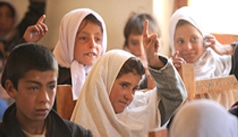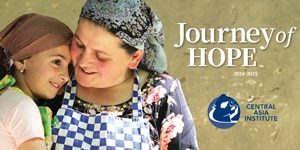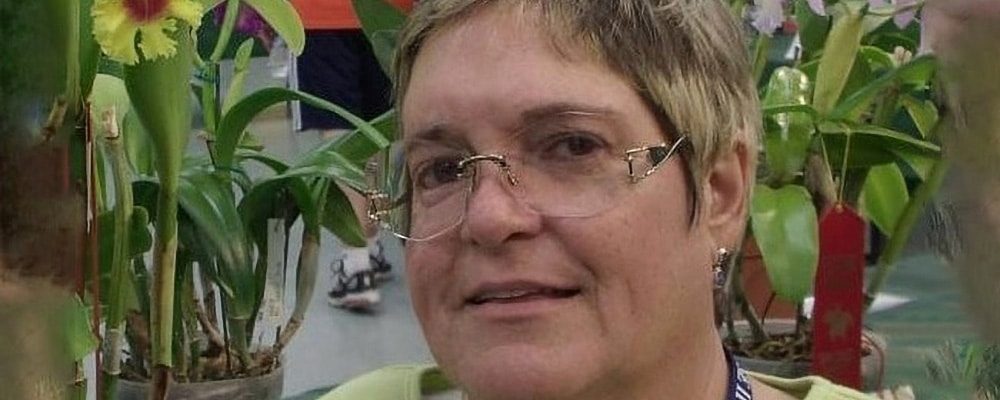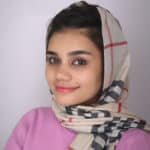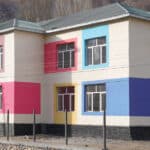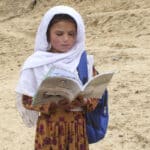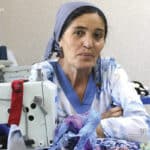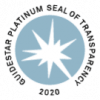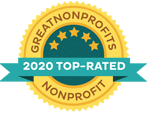A Feminist, an Environmentalist, and a Humanitarian
Dr. Bonnie Hough was dedicated to finding solutions for challenges – personally, locally, and globally. It was her nature to observe a problem from what she considered a scientific perspective, creating solutions based on her observations and understanding. She did something because it interested her and it needed to be done. This was simply her approach to life.
Bonnie passed away last year, and true to her character, she donated a significant gift to Central Asia Institute in support of girls’ education. As a feminist, a citizen of the world, and a believer in the power of education, Bonnie’s gift left more than a legacy. She left us a road map, based on her observations, of how to improve the world through education, exploration, and opportunity.
“Bonnie’s passion lay in trying to understand the world both around and beyond her,” says Pam Hoye, Bonnie’s close friend of 32 years.
Dr. Hough’s gift will alter the lives of women, children, and whole communities in Afghanistan, Pakistan, and Tajikistan. It’s clear she felt a connection to the people in these countries, and she believed that creating a generation of curious learners like herself would surely build a new legacy of change and leadership.
A Continued Legacy of Feminism and Education
To learn more about Dr. Hough, and her connection to CAI, we spoke with Pam as well as Bonnie’s daughter Martha. Bonnie’s life story is fit for an adventure novel or a big screen movie. She was an extraordinary character who faced her challenges, often with a quick wit and always with a dogged spirit that was sometimes tempestuous and unyielding.
Bonnie’s parents were both botanists who met in college in the 1930s. Bonnie’s daughter recalls how her grandparents met. “Grandpa saw this woman walking across the college campus wearing pants of all things, and he was like, ‘Oh, I’ve gotta meet that lady,’” says Martha. Bonnie’s mother had experienced her own gender as a barrier, which she fought against by turning frustration into an effort to do her best at being who she wanted to be, despite any obstacle encountered. This determination was surely passed on to Bonnie.
With two strong, educated, and adventurous parents, Bonnie and her siblings were bound to have an unconventional upbringing. She spent her childhood playing outdoors and learning homeschool lessons taught by her mother. Her father’s work brought the family to foreign countries like Liberia, Yugoslavia, and Romania where he taught local people about agriculture. Living among the locals, who were often poor and had no access to formal education, taught her lessons of global awareness and inequality while watching her mother move through the world as a strong and educated woman imprinted the power of feminism in her young mind.
“Bonnie saw in her mother a capable, educated woman who provided structure within a family that was essentially on their own in a strange land, “ says Pam. “She was exposed to both the value of education arising within the home and a general lack of educational opportunities within the communities where they resided.”
She finished her schooling back in the U.S. in New Jersey and found her way to San Francisco where she immersed herself the civil rights, environmental, and feminist movements and culture that defined the West Coast in this era. While she was considering her next move, a friend mentioned the need for more female doctors. Seeing new possibilities, Bonnie applied to medical school and hitchhiked her way across the country to interview, determined to be at the forefront of the feminist movement where she was needed.
She was on track to be a general practitioner and landed her first job soon after graduating. However, on her way to that first job the small private plane she was a passenger in had technical difficulties and crashed, severely injuring her. During her rescue the paramedics failed to diagnose her spinal cord injury and the medical professionals in the hospital did not treat this injury until it was too late. “They destroyed any hope she had of walking again,” says Martha.
The accident altered the trajectory of Bonnie’s life. After a winter in New Jersey she returned to California, settling in San Diego. There she underwent extensive physical rehabilitation and facial reconstruction. During the early years following rehab Bonnie tried to continue her work as a doctor, but to do so proved too physically demanding. Although angered by the need to leave her hard-won medical career behind, Bonnie eventually turned her attention to her immediate environment, awaking a renewed interest in the natural world by having a terraced garden designed for her backyard canyon property. Ramped and almost fully accessible to her, this gave rise to new avenues for passion and community service, leading to what would become her strongest activist cause: protecting the environment through sustainable living.
An Undeterred Feminist, Environmentalist, and Advocate
The new set of circumstances certainly did not change Bonnie’s drive or her personality. She still approached barriers with the same scientific methodology and considered which solutions would create the most benefit. She maintained her curiosity and desire to learn, and she made sure she could participate in the world on her terms.
“Studies show that who a person is before an injury is who they are after an injury, and we have abundant evidence that Bonnie fit this model,” Pam explains. “In the course of working to remove barriers that blocked her participation in things that captured and excited her, Bonnie often cleared the way for others. Her legacy in this respect comes from her embrace of life itself.”
During her recovery, she married and had two children, Vryce and Martha. The marriage ended shortly after the birth of the second child, and Bonnie was given primary custody of the children.
“It was very important to her to raise strong children and feminists. I think that was very big to her,” remembers Martha. “She wanted us to be global citizens, so we had storybooks and dolls from all over the world. We would go to zoos and museums, and she raised us Unitarian Universalist.”
“She had compassion,” continues Martha. “She was very into civil rights, whether that was disability rights or LGBTQ rights, those were very important. She taught me about community activism from a very young age, and that it was important to be a questioning member of society.”
Feminism, equality, environmentalism and access for everyone remained the driving force in her life. Whether she was creating a community garden in the local high school or church, ensuring her favorite outdoor spaces were handicap-accessible, or spearheading a campaign to preserve open space, Bonnie was relentless in her quest to improve the world around her.
“I don’t see that she ever stopped being a feminist,” says Pam. “She had become a doctor during the 60s and 70s. I can only imagine that the strength of her personality served her well. I am told that this is a challenging choice for women even today. She never stopped believing in and furthering the rights of women as equals. Truth be told, I would say she believed that women will do a better job than men when it comes to governing and leadership.”
A Gift to Continue Progress
She learned about CAI through the book Three Cups of Tea. Many of the book’s themes, such as women’s equality and the importance of educating women and allowing them to participate in societies, aligned with the values Bonnie cultivated throughout her life.
“I think she definitely got the impression that young women in the Middle East were kind of getting a raw deal, and she wanted to help level the playing field a little bit or give them more of a chance to do the stuff that was important to them and important to making Central Asia better and stronger and more resilient,” says Martha.
Her gift to CAI is incredibly generous and came without ceremony. She spent time learning about the issues women in these countries face, and she decided a significant gift was the path forward to help women earn an education, become feminists, and tackle any barrier that came their way. It was the way she lived her life, and we are grateful to provide the chance for others to learn these lessons as well.
“There is little doubt that the mission is one that would be in keeping with Bonnie’s vision of the future, especially given the emphasis on the importance of educating girls in fostering communities and creating a path toward peace,” says Pam.
Though Bonnie has passed, her gift shows she is still planting seeds for the future, instructing us all how to grow this garden, and creating a roadmap for a future where women are educated, curious, and equal. She’s making sure this happens on her terms.
If you’re interested in leaving your own legacy of girls’ education, you can find out more on our legacy page by clicking here. There are many ways you can affect the future and many ways you can have an impact on the world.
